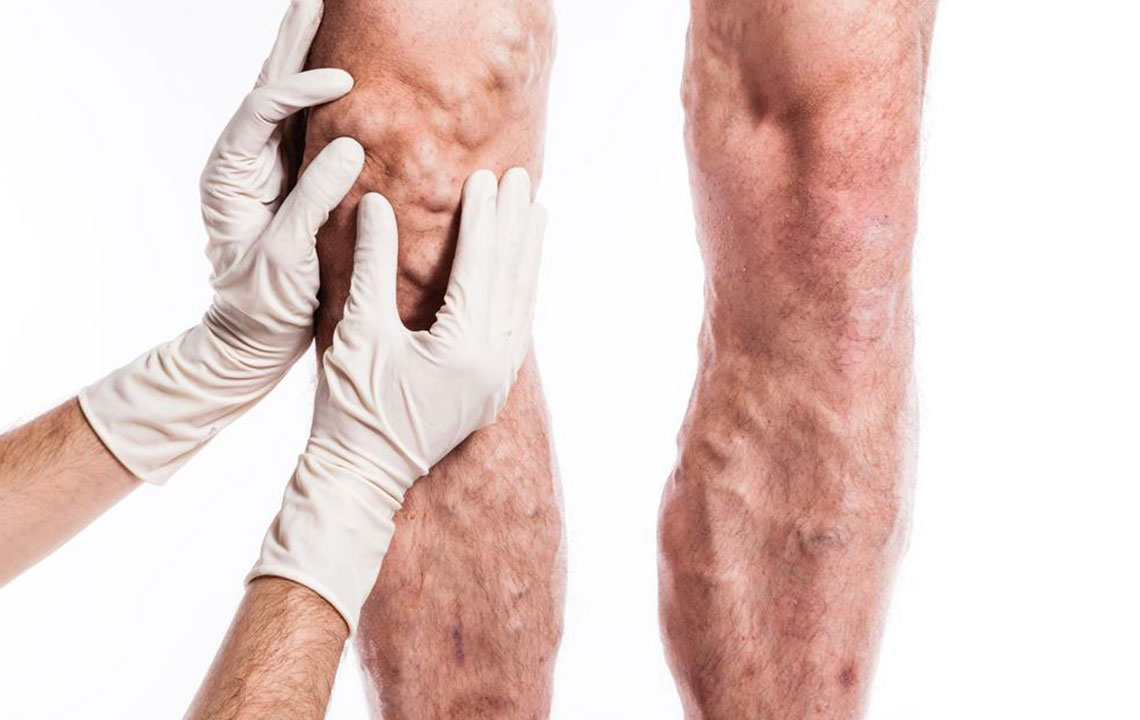Role of physiotherapy in deep vein thrombosis treatment
3 reasons why you should do physiotherapy if you have deep vein thrombosis
Deep vein thrombosis is a really painful experience. The fact that it affects the legs aggravates the problem. Walking is difficult, and as the disease progresses, it becomes hard to even stand. The best solution to deep vein thrombosis symptoms is to undergo an operation.
But what about relieving your pain until the operation? Well, one of the effective ways to get relief from the pain caused due to deep vein thrombosis symptoms is by doing physiotherapy.

- Varying levels of massage for better vascular response : A physiotherapist knows how to deal with your muscles, veins and bone structure. They know what level and the kind of massage will help to stimulate a better response in the affected areas. They will direct you with specific exercises, which will help to re-tone the damaged muscle and even suggest special compression techniques that will help the body to recover from the stress caused by deep vein thrombosis symptoms.
- Pre and post-surgery care: Physiotherapy will help you reduce the pain before surgery and once the surgery is over, physiotherapy will take care of the pain symptoms so that you don’t have to undergo a deep vein thrombosis treatment again.
- Deep understanding of the physiology: As physiotherapists have a deep understanding of your body’s physiology and its response to several conditions, they are the best people to provide treatments for patients who have had deep vein thrombosis in the past or someone who is planning to avoid one. Physiotherapists can also detect whether you have the disease or not checking for any deep vein thrombosis symptoms that they may have observed.
You may not know it, but a tiny pain in your legs can potentially turn out to be deep vein thrombosis. This is where the job of a physiotherapist comes in. If you are showing any symptoms of deep vein thrombosis, then your physiotherapist will be able to diagnose it.




